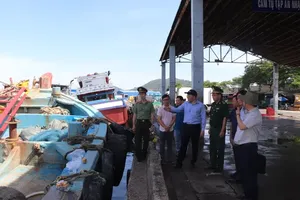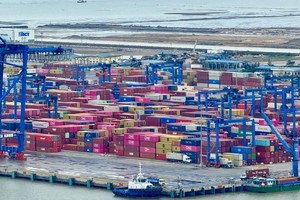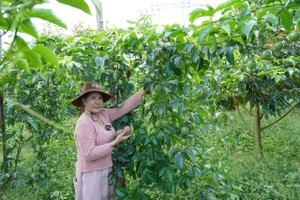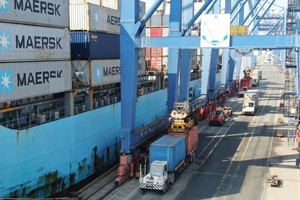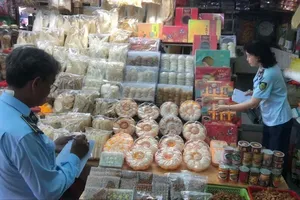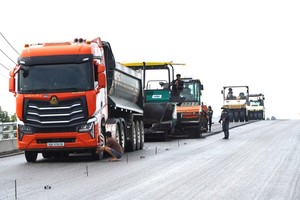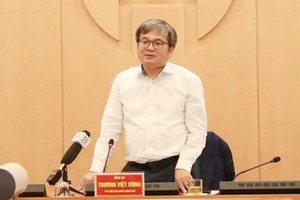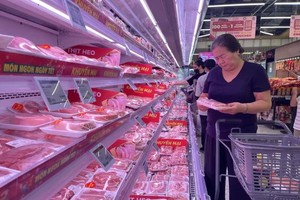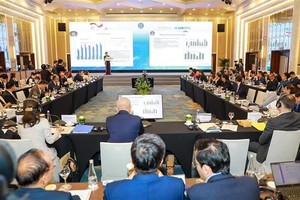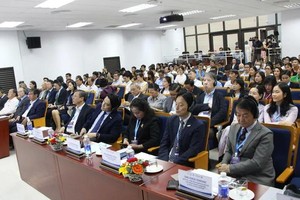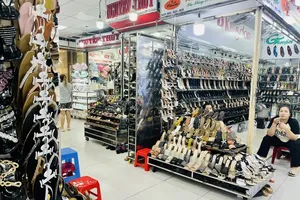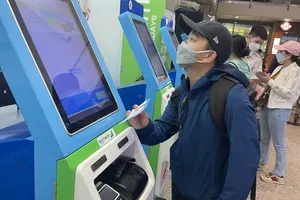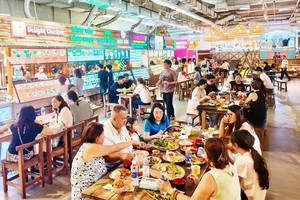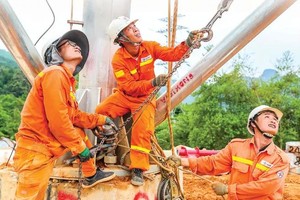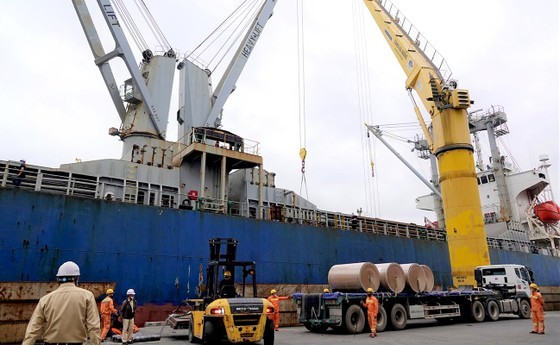 |
The development of large-scale logistics services is not convenient at Tien Sa Port, located in Son Tra District, Da Nang City. |
The East-West Economic Corridor (EWEC) is a crucial transportation route that connects countries in the Mekong sub-region to Vietnam, offering significant potential and advantages for trade, investment, and tourism development. However, the transformation from a mere transport corridor to a fully-fledged economic corridor is progressing slowly.
Logistics: Weak and lacking
According to Mr. Le Quang Duc, Deputy General Director of Da Nang Port Joint Stock Company, logistics enterprises in operation still face many limitations in terms of scale, capital, and human resources. Most logistics service providers in Da Nang and the central provinces are small and medium-sized with limited capital and human resources. They lack experience and only provide basic or individual services, often acting as subcontractors or agents for logistics companies located at both ends of the country or abroad.
Currently, there is a lack of effectiveness in attracting goods sources from the Central Highlands and along the East-West Economic Corridor. This has resulted in a fiercely competitive market share for goods passing through Central Vietnam's seaports, which is predicted to persist in the coming years, as each port does not specialize in any specific type of goods. Over time, Central Vietnam's seaports may become vulnerable to customer splitting, as customers may use the advantage of one port as a bargaining tool to pressure another port.
Logistics warehousing plays a crucial role in logistics operations, but, according to Mr. Le Nam Hung, Deputy Director of Logistics Portserco Joint Stock Company, land rental costs for warehousing have increased by five times compared to before, putting an additional burden on logistics businesses besides the pressure of rising fuel costs and road tolls.
Mr. Le Van Tan, Deputy Director of Dong Phuong Company in Quang Nam Province, said that one of the main reasons for the inability to directly access the Thai market is the lack of connectivity information. To export goods to Thailand, Dong Phuong Company must use an intermediary partner based in Japan. However, it is also extremely difficult to compete due to the small scale of the business.
Infrastructure shortcomings
According to Mr. Marco Civardi, Director of A.P. Moller - Maersk Group, in charge of the Vietnam - Laos - Cambodia - Myanmar region, cross-border trade along the EWEC is predicted to increase bilateral trade between Vietnam - Laos by 15 percent, and Vietnam - Thailand by 29 percent from 2020. Vietnam is currently the top choice for international companies. The "China +1" strategy could become an entry/exit point to Southeast Asia for the US, Europe, and China through the EWEC, which presents significant opportunities for the corridor to leverage its potential and strengths.
However, many businesses believe that the EWEC has not yet brought about significant economic connectivity due to the remaining shortcomings in both "hard" infrastructure, such as traffic, and "soft" infrastructure, such as administrative and customs procedures. MS. Vu Thi Bac from Ho Chi Minh City National University stated that customs declaration forms for vehicles at the Lao Bao Border Gate in Quang Tri Province are still complex, and businesses have to spend 2-4 hours to complete them. While the declaration form at the Thailand-Lao border gates only requires six pieces of information, the form at the Vietnam-Lao border gates requires up to 45 pieces of information, causing many difficulties in the process of receiving goods through the border gates. Inspection procedures, fees, and charges at border gates are also not standardized among countries.
Mr. Duong Tien Lam, a representative of the Vietnam Association of Logistics Service Enterprises in Da Nang, has reported that the Savannakhet (Laos) and Mukdahan (Thailand) border gates have long had transit zones with substantial income. However, there is no transit zone at the Lao Bao Border Gate, and the Lao Bao Special Economic and Commercial Zone has not met expectations. The ASEAN Customs Transit System (ACTS) declaration requires a bank guarantee before submission, so Vietnamese transport businesses face challenges due to additional procedures and costs. Even empty container trucks from Vietnam to Laos must be guaranteed by a business in Laos to receive goods.
Mr. Le Tri Thanh, Chairman of the People's Committee of Quang Nam Province, has stated that National Highway 14D is a vital 74.4km route that connects the Ho Chi Minh road to the Nam Giang International Border Gate in Quang Nam. This highway is an integral part of the EWEC, which traverses Vietnam, Laos, and Thailand, and is crucial to the socio-economic development of Quang Nam, Da Nang, and the central key economic region. However, the current state of this road is subpar, with numerous sharp curves, steep slopes, and high-risk areas for accidents, leading to an increased risk of serious accidents. Heavy-duty goods transport vehicles cannot travel on this road due to its weak structure and frequent damage. Additionally, National Highway No.9, which serves as the starting point of the EWEC in Quang Tri Province, is also in disrepair and overloaded.
The inadequacies in infrastructure along the EWEC have created barriers, even bottlenecks, that hinder the speed of goods transportation and ultimately slow down the growth of the economies along the route. To achieve the expected economic growth, it is crucial to address these issues by clearing the infrastructure bottlenecks, from traffic to procedures.


